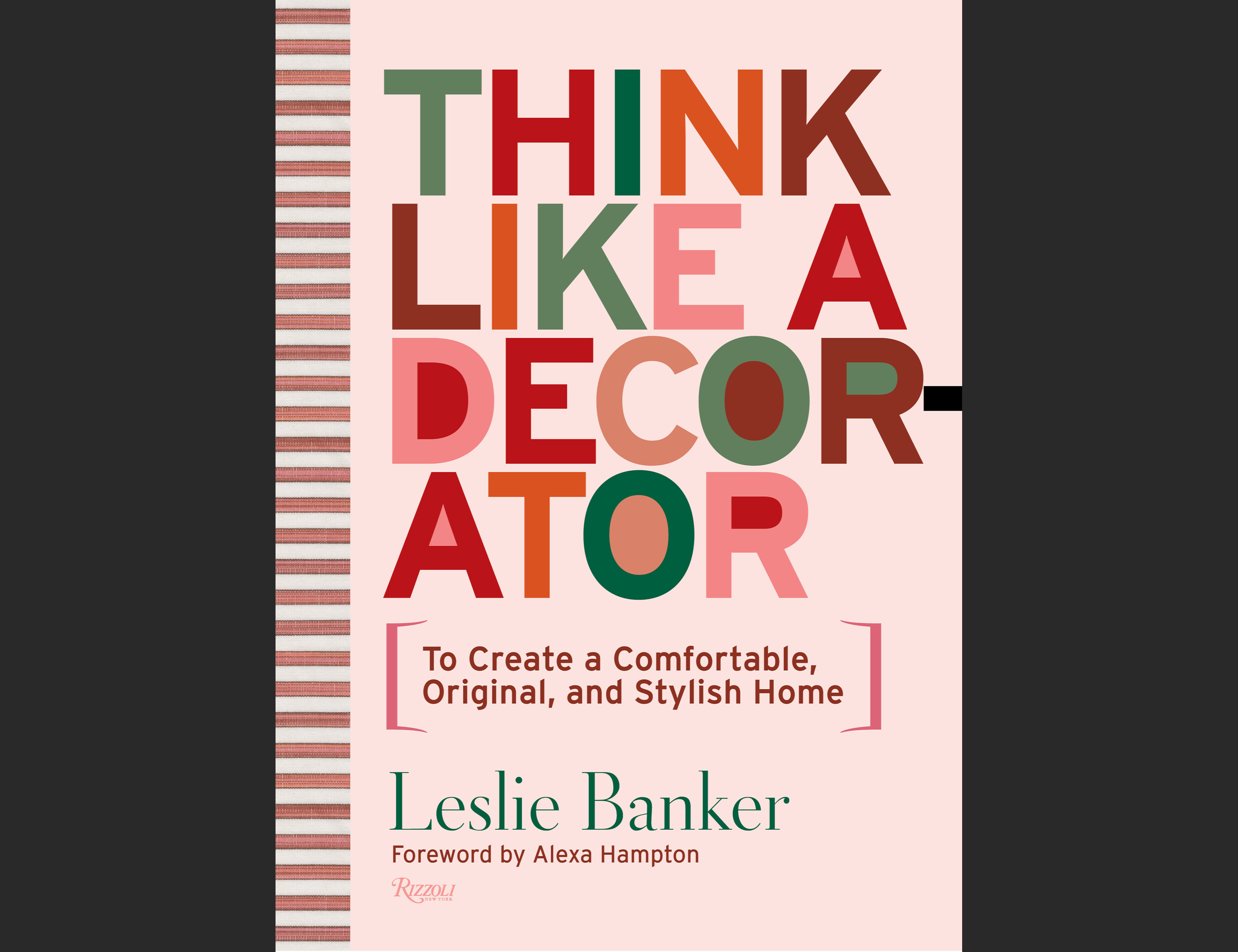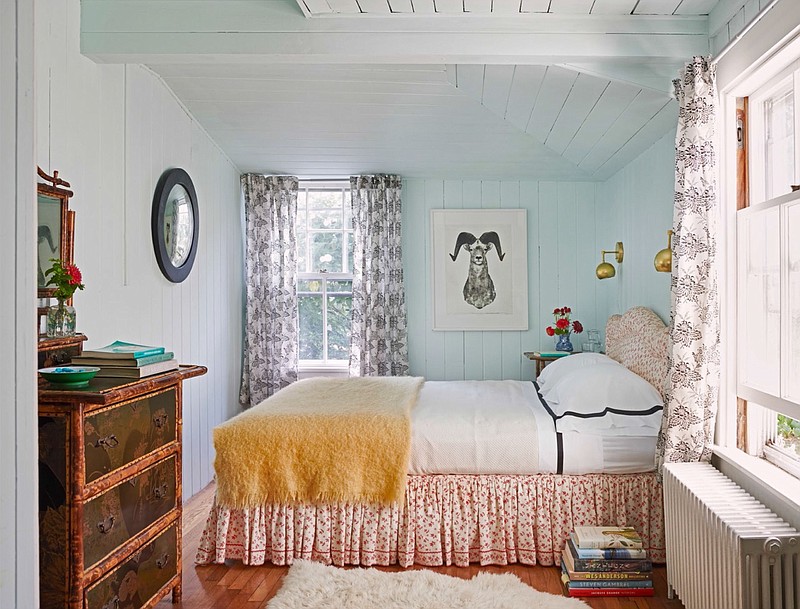Of all the brains I'd like to download into mine, the ones of the most-talented designers top my list. I would like to internalize their ability to see potential in pieces I thought were defunct, to provide solutions to problems I didn't know existed and to have the creative confidence to put a zebra print rug under a polka-dotted armchair.
So, when I got an advanced copy of "Think Like a Decorator," I dove into its pages. Then I called the author, interior designer Leslie Banker. She opened our conversation by telling me she'd started her career as a writer, then swerved into design. Now she really had my attention.
Back in the 1990s, when Banker, now age 53, was fresh out of college with an English degree, she worked as a newspaper reporter. In 1999, she got an assignment that would set her in a new direction.
While helping her mother, interior designer Pamela Banker, set up an office for her growing design business, the younger Banker got a request from an editor. Would she consider writing a design book with her mother as the expert?
The mom-daughter duo put an outline together, made notes and took a run at writing it. However, the subject felt too big and broad to get off the ground. They wound up publishing a smaller book on design terminology instead. Meanwhile, Leslie Banker continued working alongside her mom, and, yes, downloading much of her design acumen. When her mom died in 2013, Banker continued in the profession.
"Five years ago, I came across those old notes," Banker told me. "Some were in my mom's handwriting. I decided it was time."
"Think Like a Decorator" came out last week.
In the book, Banker, who lives in New York and Jamestown, R.I., with her husband and daughter, channels what she learned working alongside her mother and also applies her journalism skills interviewing other notable designers and sharing their insights.
She opens the book with a discussion of how her mom likened design to writing. "An interior designer must play the role of editor. ... Being an editor on a design project is about knowing how to develop the story of the space." I get that.
Woven among the book's many eye-popping photos that feature interiors Banker has created as well as ones from the designers she interviewed, is a narrative that reads as if you're eavesdropping on the designers themselves.
 Interior Designer Leslie Bankers new book "Think Like a Decorator" is a how-to in decorating, featuring Bankers tips and interiors alongside those of fellow designers.
Interior Designer Leslie Bankers new book "Think Like a Decorator" is a how-to in decorating, featuring Bankers tips and interiors alongside those of fellow designers.
Here are some of my favorite takeaways:
◼️ Don't wing it. Good design is not instant or quick. Even though it looks effortless, it's highly edited. (Ditto with good writing, by the way.) You've got to do the thinking before you start. Don't just buy a sofa and figure it out from there.
◼️ Start with the essentials. Put function first. Every bed in the house needs a lamp next to it. The eating area should have a table big enough to seat everyone in the household. Everyone in the household needs a well-lighted place to work. The door where household members come and go needs to have a place to hang coats and set down keys. If you don't have enough room in the linen closet to store bedding and towels, add an armoire or chest.
◼️ Address the mess. Good design is not just about picking palettes, combining fabrics and arranging furniture. It's about identifying and eliminating the pain points of a home: a room no one goes in because it's drafty, a reading chair no one uses because the light is bad, a closet that stays a mess because it's not organized, a home office you avoid because you can hear the television in the next room. Sometimes a $15 fix is all it takes.
◼️ Use your words. Find three designers whose work you love. Study photos of their interiors and write down specifically what you like about what you see. Saying, "I don't know why, I just like it" isn't enough. Describe the vibe. Is it sophisticated and formal or casual and comfortable? Urban or rustic? Calm or playful?
◼️ Drop anchor. After you have thought about the look you want "drop a few anchors." An anchor might be a paint color you definitely want, a rug that has been in your family, or a wood finish that has the right character. An anchor might also be a feature of the room you can't or don't want to change, such as a stone floor or existing wallpaper.
◼️ Get offline. Go see things in person. "This was one of my mother's golden rules," Banker said. Get tangible samples. Put them in a box or tray dedicated for each project, and let the materials speak to each other.
◼️ Think beyond paint. The walls of a room don't have to be painted. Bring texture to the room by covering walls with wood, plaster, mirrors, wallpaper or even upholstery. You want to think like a decorator? Come up options that aren't obvious.
Marni Jameson is the author of six home and lifestyle books, including "What to Do With Everything You Own to Leave the Legacy You Want."
